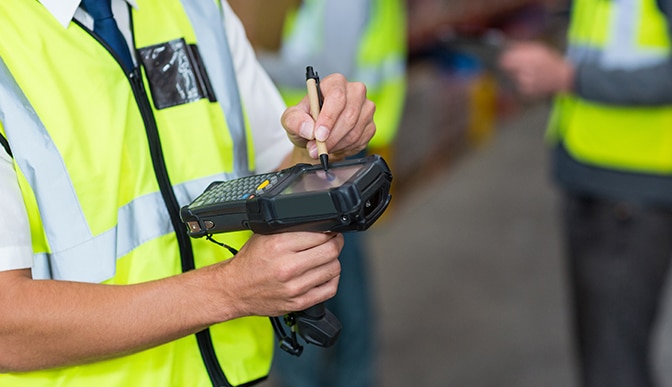As a producer of food-safe packaging, PAWI is dependent on the complete traceability of the processed materials from delivery to handover to the customer.
With the existing Warehouse Management System (WMS), this requirement could only be met at great expense. In addition, the existing WMS was more than 15 years old and was at its end-of-life, so a replacement was required not only from a functional point of view but also from a reliability point of view.
The project assignment was to evaluate a future-proof WMS solution that would meet PAWI’s requirements from both an economic and functional perspective. Since PAWI is aiming to replace the WMS and to standardize the IT system structure to a large extent, the evaluation had to provide a basis for the strategic decision between SAP EWM and a non-SAP WMS.
Information customer
The PAWI Group consists of three companies, two of which are based in Switzerland and one in Germany. These are PAWI Verpackungen AG in Winterthur (Switzerland), PAWI Packaging GmbH in Singen (Germany) and gleis1 ag, also based in Winterthur (Switzerland). PAWI stands for marketing and packaging concepts made of cardboard and paper, which are specially developed, produced, stored and delivered. The three companies pursue the vision of developing and manufacturing packaging with a sense of purpose and in harmony with man and nature. On the one hand, the packaging for this purpose takes on the classic function of product protection. On the other hand, the packaging made from sustainable raw materials informs and inspires people.
Results at a glance
Survey of existing processes in the context of workshops
Analysis of the actual processes to identify optimization potentials
Development of future target processes including validation workshops with the customer
Specification of the requirements for the WMS and the material flow control (MFC) within a process specification sheet
Execution of a tendering procedure with 5 bidders
Analysis of the solution concepts and offers for the development of a basis for decision-making for the company management
Presentation of the project results to the company management

